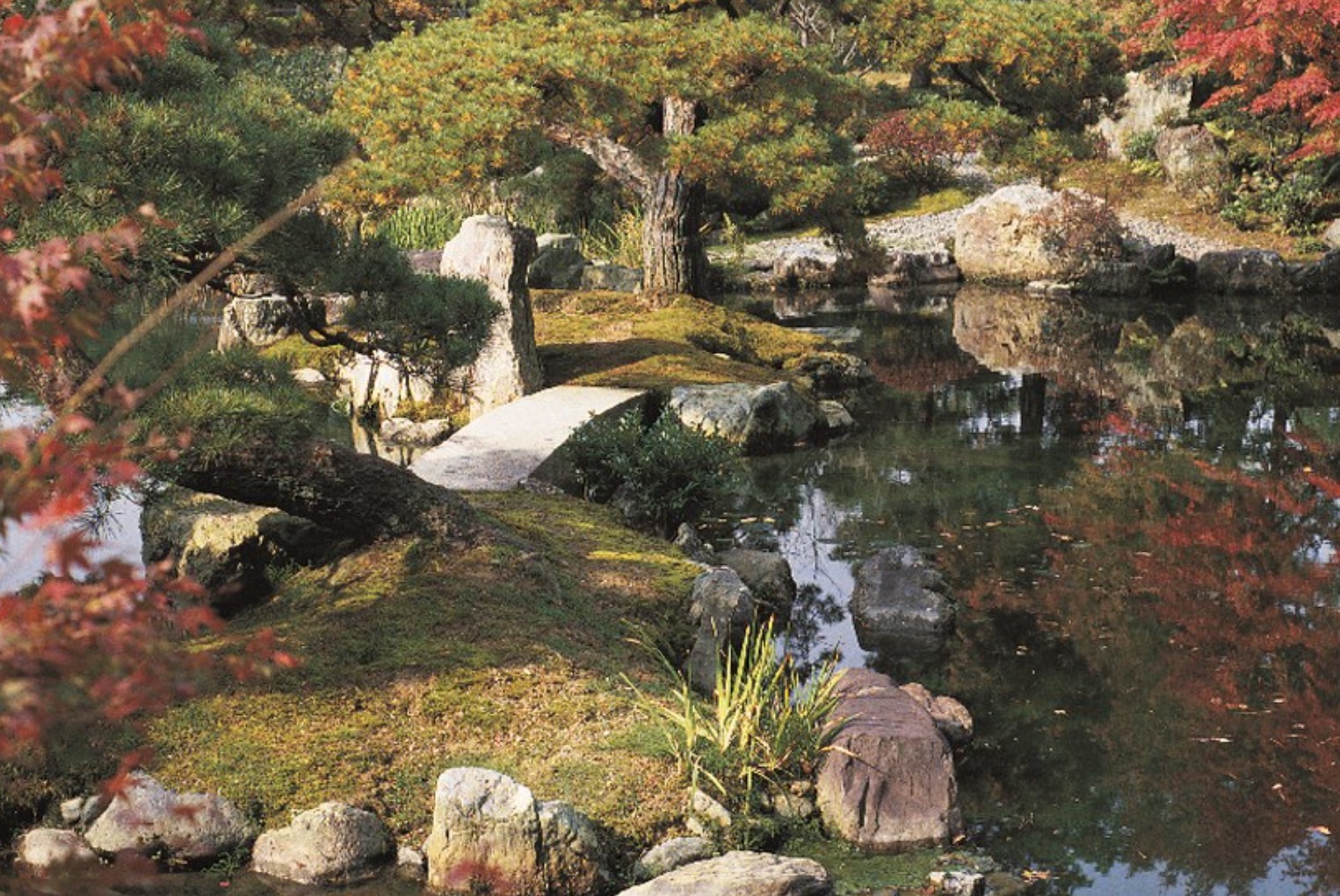Admiring Japanese Garden Design


The tradition of Japanese Gardening has been inspiring designers for centuries. As Eric Herman points out, it’s equal parts philosophy and technique that is aimed at representing and celebrating nature – a set of ideas and disciplines that can deeply influence watershapers who take time to explore these spaces with an open mind and an open heart.
By Eric Herman
Many revelations came my way back in WaterShapes’ formative days. One of the most striking and lasting was discovering the world of Japanese Gardening. I had read in the past that design masters, such as Frank Lloyd Wright, had been influenced by the great gardening traditions of Japan, but I knew little else.
One of the first resources I discovered was the “Journal of Japanese Gardening”, a publication for serious practitioners of the art and culture that it encompasses published by Douglas M. Roth. Through that publication, and discussions with Roth and other experts, all concepts of Japanese Gardens — asymmetrical balance, layered views, the management of movement through the space, rock placement, pruning, architecture, and of course the use of water, which is common to many of the most revered and historic gardens — came into view.
I learned that Japanese Gardening was at its heart, an artistic representation of nature; a built environment that utilizes the many aesthetic values experienced in the natural world. It’s an orchestration of living art that unfolds and literally grows over time as the garden matures and is painstakingly manicured by garden artisans to express ever more beautiful and compelling forms.
The design principles involved reach far beyond immediate cultural iconography, such as stone pagodas and arched bridges. Instead, the form and balance at the root of Japanese Gardens are transferable to most any setting and as such has been embraced by architects, landscape architects, as well as terrestrial and water gardeners of all types working across of range of settings.
So far, I have yet to travel to Japan to see the historic gardens of Tokyo and Kyoto in person, although I have seen many examples of Japanese-influenced gardening in a host of landscapes in North America. But even for those of us who learn about this grand tradition through photographs, the stirring influence can be both inspiring and irreversible.
Here’s a prime example from www.tsunagujapan.com, with its registry of 12 of the most beautiful Japanese Gardens. The images are breathtaking, the names of the sites the stuff of legend. Being fixated on the use of water, as I’m known to be, I can’t help but quietly celebrate and admire the way that water is used to define the space with undulating shapes, sculpt the shore, and allow quiescent reflections to capture and amplify the verdant landscape, and in some cases regal architecture.
The colors, textures, forms, and use of perspective all conspire to create living works of art that echo through the centuries. In looking at these photos alone, of which there are countless other examples found in vast numbers of books and websites, one could argue that these examples amount to the greatest use of manmade water, i.e. watershaping, that have ever existed.
Of course, that is entirely debatable, but what is abundantly clear, is that within this rich design tradition resides a treasure trove of specific details and broader philosophical influences that can be applied in garden spaces, large and small, residential or commercial. It is a palette that anyone working in water should become acquainted – even if you’re simply admiring it from afar.
Photo is from Douglas M. Roth’s 2003 WaterShapes article, Thoughts for the Eyes.










